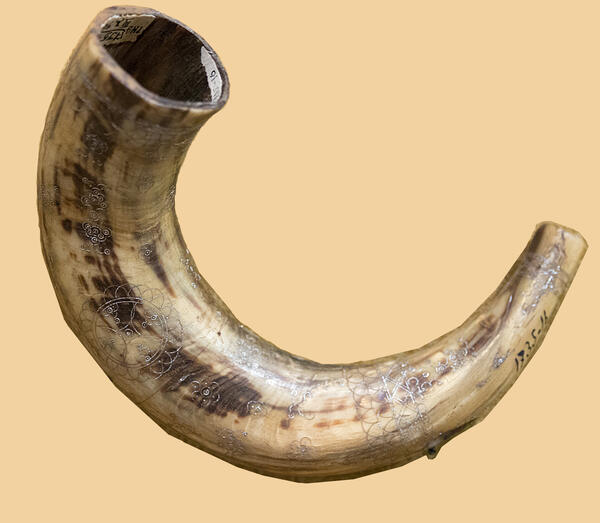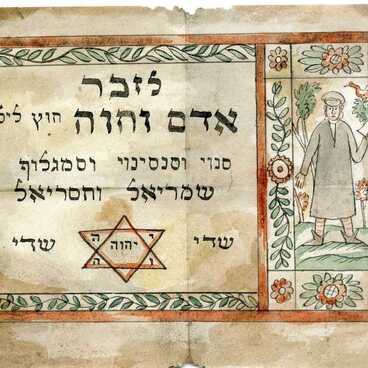A shofar is a Jewish ritual wind instrument, one of the oldest on earth. It is made of a horn and is used to be sounded on New Year’s Day, and also on Yom Kippur, the Day of Atonement. The sounding of the shofar is meant to evoke sincere repentance for the sins committed, so that one can begin to live a righteous life. It is a holiday that occurs on the new moon of the month of Tishrei, the seventh month of the Jewish calendar, which is September-October in the Gregorian calendar.
According to the Torah, the month of Tishrei marks the beginning of the “civil year” because its first day corresponds to the day God created man. New Year’s Eve begins at sunset and lasts for two days. The sounding of the shofar horn distinguishes New Year’s Eve from all the festivals of the Jewish calendar. The Torah refers to New Year’s Day as the day of the trumpet voice, Yom Teruah. Spiritually, New Year’s Day symbolizes the awakening of the Jewish people from their sleep and their aspiration for new spiritual achievements.
The Bible says that the shofar was also used to give war signals. In the Book of Joshua, the order for the decisive attack on the city of Jericho says,
According to the Torah, the month of Tishrei marks the beginning of the “civil year” because its first day corresponds to the day God created man. New Year’s Eve begins at sunset and lasts for two days. The sounding of the shofar horn distinguishes New Year’s Eve from all the festivals of the Jewish calendar. The Torah refers to New Year’s Day as the day of the trumpet voice, Yom Teruah. Spiritually, New Year’s Day symbolizes the awakening of the Jewish people from their sleep and their aspiration for new spiritual achievements.
The Bible says that the shofar was also used to give war signals. In the Book of Joshua, the order for the decisive attack on the city of Jericho says,



